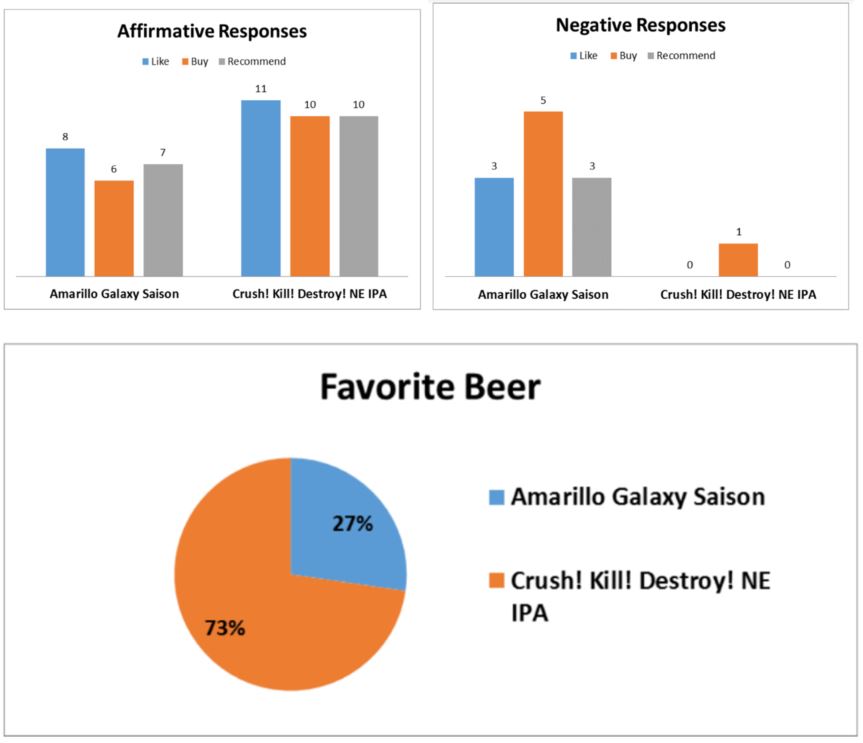RevKev
Well-Known Member
If you are able.... sample the beer between the 1st and second dry hop and go based on what the beer tastes like at that point.
In regard to CO2..... fill the keg with star san water..... push it out with CO2 on 3-5lbs of pressure. 99% purged. Waaayyyy easier that continually purging and venting an empty keg.
Yeah I have a sampling port on the conical just was wondering if you happened to find a point of diminishing return, I'll probably toss in another three ounces just because why not.
And I use Sankes and have to remove my spears to fill.. not set up for a pressurized push yet.. would it be smart to just take a CO2 line and drop it in the keg and blast pressure in there? I like that idea for when I switch to pressurized transfers thanks for the idea
Edit: I just don't want to run Star San through my flow control perlick and have sulfuric off flavor



































![Craft A Brew - Safale BE-256 Yeast - Fermentis - Belgian Ale Dry Yeast - For Belgian & Strong Ales - Ingredients for Home Brewing - Beer Making Supplies - [3 Pack]](https://m.media-amazon.com/images/I/51bcKEwQmWL._SL500_.jpg)























